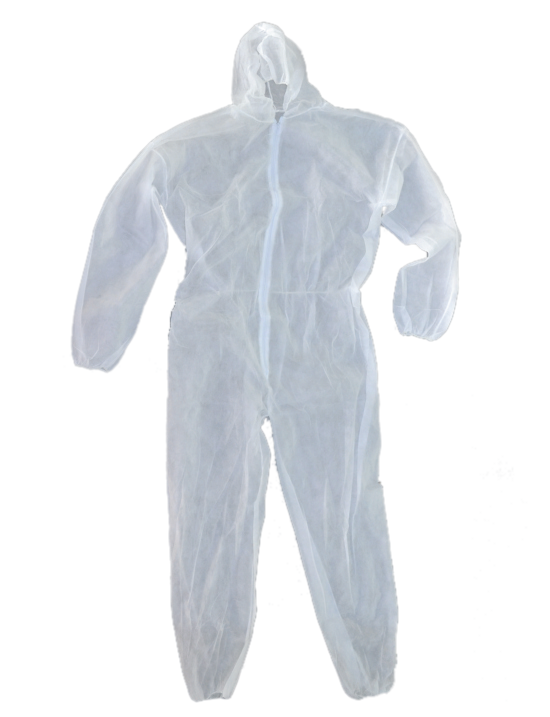Why use Protective Clothing ?
Workers can be exposed to many hazardous chemicals, veils of mist, and particles in the workplace. For example, asbestos is a well-known hazard, causing serious health issues such as mesothelioma and cancer. The smallest amount of inhaled asbestos can cause health problems, hence the stringent regulations and standards for handling asbestos in USA
Nexgen Medical Company.
Disposable Coveralls
In addition, many other harmful specks of dust and chemicals can be encountered on the worksite. Many workplaces and workplace health and safety guidelines mandate that PPE including disposable protective coveralls be used for certain work processes.
In addition to handling asbestos, hazardous processes include working with chemicals, paint spraying, woodwork, chemical manufacturing, Disposable Coveralls environmental remediation, cleaning, and fiberglass handling.
General guidelines for protective clothing
AS/NZS4501.2 covers general performance requirements for ergonomics, size, and marking of protective clothing. It covers the information that manufacturers should supply, and specifies that protective clothing should not cause irritation or harm.
It’s important to note that if coveralls are not single-use disposable items, they must be properly decontaminated. This will help prevent particles or chemicals from cross-contaminating work processes, environments, and the worker’s regular work clothing.

Tests and standards for dust, chemicals, and particles
Protective coveralls are generally specified with a ‘Type’, which refers to a host of International Standards. These standards cover a wide range of individual performance tests that check for resistance against:
- Abrasion and cracking
- Tensile strength and tear resistance
- Resistance to punctures
- Resistance to chemical permeation
- Liquid repellence
- Resistance to spray and aerosols
- Resistance to ignition
Once the garment has passed a series of tests, it is classified into a type depending on its suitability for different applications.
Types of disposable coveralls
- Type 1 – Gas tight EN 943-1, EN943-2
- Type 2 - Non-Gas tight Garments EN 943-1
- Type 3 – Liquid-tight EN14605, EN ISO17491-3
- Type 4 – Spray tight (saturation) EN 14605, EN ISO17491-4
- Type 5 – Protects against airborne particles EN ISO13982-1
- Type 6 – Protects against liquid chemicals (light spray) EN13034, EN ISO17491-4
Garments can also be classified as protecting against a range of hazards – for example, our Microchem 300 chemical splash suit is a Type 3, 4, and 5 coveralls.
Type 1 refers to completely enclosed protective suits designed to protect against chemical contamination in the form of liquid or gas. Likewise, non-gas tight suits which retain positive pressure to prevent ingress of dust, Disposable Coveralls liquids & vapors are referred to as Type 2.
However, the most common classifications of protective coveralls in our industry are 3 through to 6 so let’s look at these in more
detail.
 Tests and standards for dust, chemicals, and particles
Protective coveralls are generally specified with a ‘Type’, which refers to a host of International Standards. These standards cover a wide range of individual performance tests that check for resistance against:
Tests and standards for dust, chemicals, and particles
Protective coveralls are generally specified with a ‘Type’, which refers to a host of International Standards. These standards cover a wide range of individual performance tests that check for resistance against:
